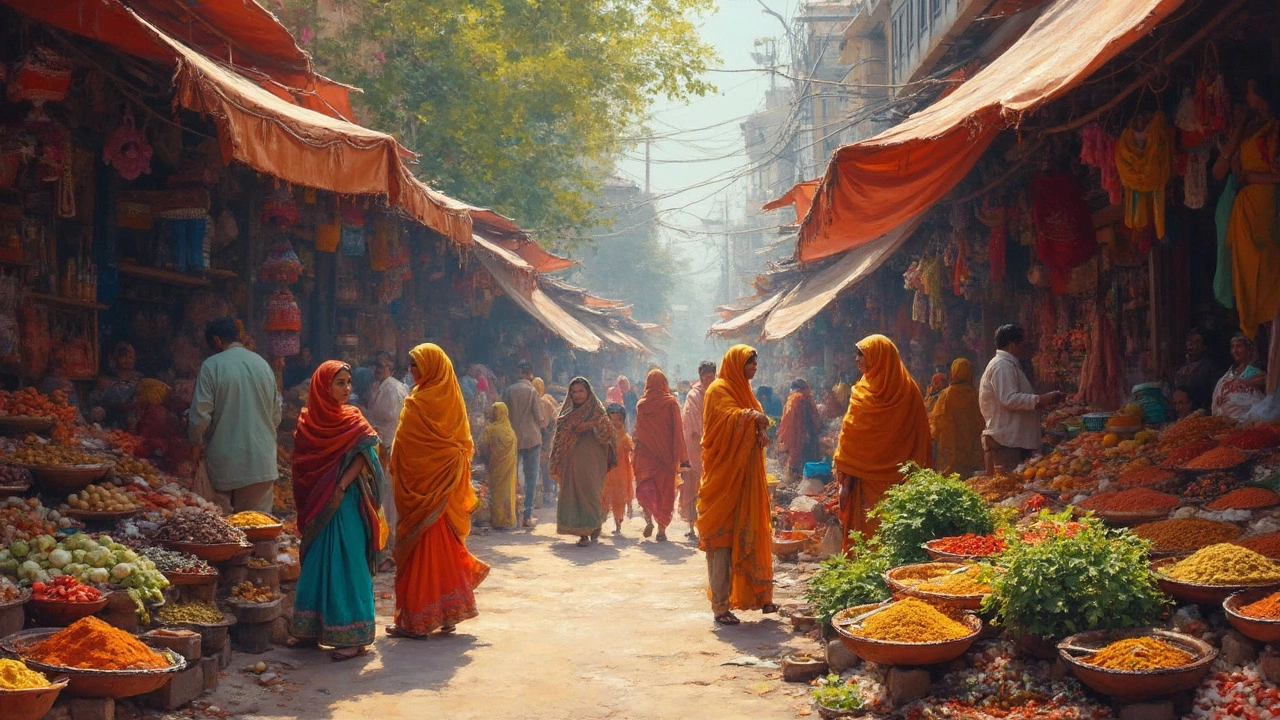Vegetarianism in Indian Cooking: Simple Ways to Enjoy Plant‑Based Flavors
India is one of the biggest vegetarian nations on the planet, and that’s not by accident. From festivals to daily meals, plant‑based dishes are woven into the culture. If you’re new to Indian vegetarian food or just want fresh ideas, you’re in the right place.
On this page you’ll find a mix of articles that touch on vegetarian topics – from healthy junk‑food swaps to the science of balancing bitter flavors. All of them show how easy it is to keep meals tasty without meat.
Why vegetarianism feels natural in India
First off, the spice blend culture makes it simple to add depth without animal products. Coconut, mustard seeds, tamarind, and curry leaves create a flavor punch that many meat‑based cuisines rely on for richness.
Second, most Indian staples – rice, lentils, beans, and a huge variety of vegetables – are already vegetarian. Dishes like dal, sambar, and rasam provide protein, fiber, and comfort in one bowl.
Third, religious traditions encourage meat‑free eating. Hindu, Jain, and Buddhist communities often avoid meat for spiritual reasons, and that influence spreads to regional cuisines. That’s why you’ll see paneer (a fresh cheese) and tofu used as protein blocks in many recipes.
Practical tips for cooking meat‑free Indian meals
Start with the basics. Keep a pantry of lentils (toor, moong, masoor), beans (chickpeas, kidney beans), and whole grains. A quick boiled dal with a tadka (tempered spices) can be ready in under 30 minutes.
Use spices strategically. Turmeric adds color and antioxidants, cumin adds earthiness, and garam masala adds warmth at the end of cooking. A pinch of hing (asafoetida) can mimic the umami you miss from meat.
Swap meat with paneer or tofu. When a recipe calls for “meat,” try cubed paneer for a creamy bite or firm tofu for a firmer texture. Both soak up the sauce nicely.
Balance flavors. Indian food loves sweet, sour, salty, and bitter together. If a curry feels flat, add a splash of lemon juice, a pinch of jaggery, or a dash of tamarind paste. Our article on “How to Cancel Out Bitter Taste” explains simple tricks you can use.
Experiment with regional veggies. South Indian cuisine shines with coconut, curry leaves, and tamarind. Try a veggie uttapam, a lentil crepe topped with onions and chilies, or a simple coconut rice with peas.
Looking for inspiration? Check out our post on “Best Indian Curries for Weight Loss” – many of those recipes are already vegetarian and low‑calorie. The “Ancient Indian Sweets” article also shows how traditional desserts can be made without animal ghee if you prefer.
Finally, don’t be scared of leftovers. A batch of cooked dal freezes well and can be turned into a quick soup, a spread for toast, or the base for a protein‑rich salad.
Vegetarianism isn’t a restriction; it’s a doorway to a world of flavors. With these tips and the articles linked on this page, you’ll feel confident cooking plant‑based Indian meals that satisfy every craving.
Vegetarian Traditions in Indian Cultures
Explore the rich tapestry of Indian cultures known for their vegetarian traditions. From different religious practices to diverse regional preferences, discover what drives vegetarianism across India. Learn about the tasty dishes each culture offers and find tips on how to enjoy these culinary delights. Delve into the history and unique features of vegetarian communities in India. Ideal for those curious about the blend of culture and cuisine.
